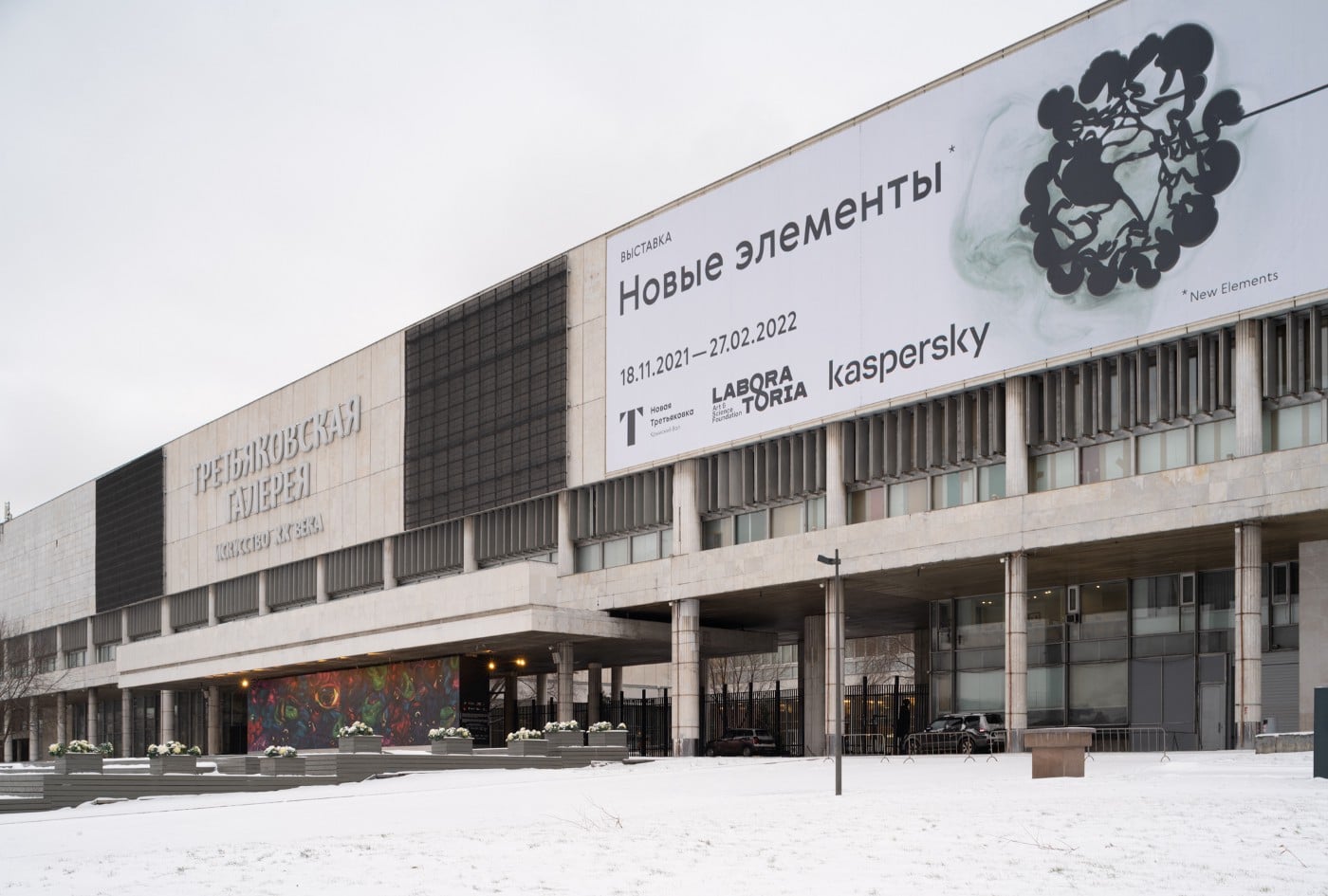
Reservoirs of Venice
Reservoirs of Venice
Physical Reservoir Computing is an analog computation paradigm that uses the dynamics of physical phenomena for calculation and prediction. This project examines potentials for using the urban environment as a computational medium to reflect its own conditions and predict its future.
In the installation “Reservoirs of Venice”, part of the Biennale Architettura 2025: Intelligens. Natural. Artificial. Collective, we present a “water computer” that learns from human activity, gleaned from the spatiotemporal patterns of Venice’s water surfaces. During the exhibition, the installation will learn to interpret its activity resulting from human movement and environmental conditions, and to predict the time of day. Unlike energy-intensive digital AI systems, this computer is composed of the very elements it computes with, and requires only a fraction of the energy to operate.
The work critically engages with urban computing by moving beyond traditional data-centric paradigms. Historically, urban computing has focused either on digital systems – relying on sensors and control networks – or on models that use physical analogies to understand urban dynamics. Reservoirs of Venice proposes a third paradigm in which physical processes are used to transform information, rather than serve as analogies.
A project by Dietmar Offenhuber and Orkan Telhan
Design & Creative Team:
Jesus Ocampo Aguilar, Paula Martin Rivero, Sebastian Gonzalez Quintero
Technical support:
Joel Murphy
Supported by:
Österreichisches Bundesministerium für Kunst, Kultur, öffentlicher Dienst und Sport
College of Arts Media and Design, Northeastern University
MAI International GmbH
@iloveyouvenice youtube webcam channel





















